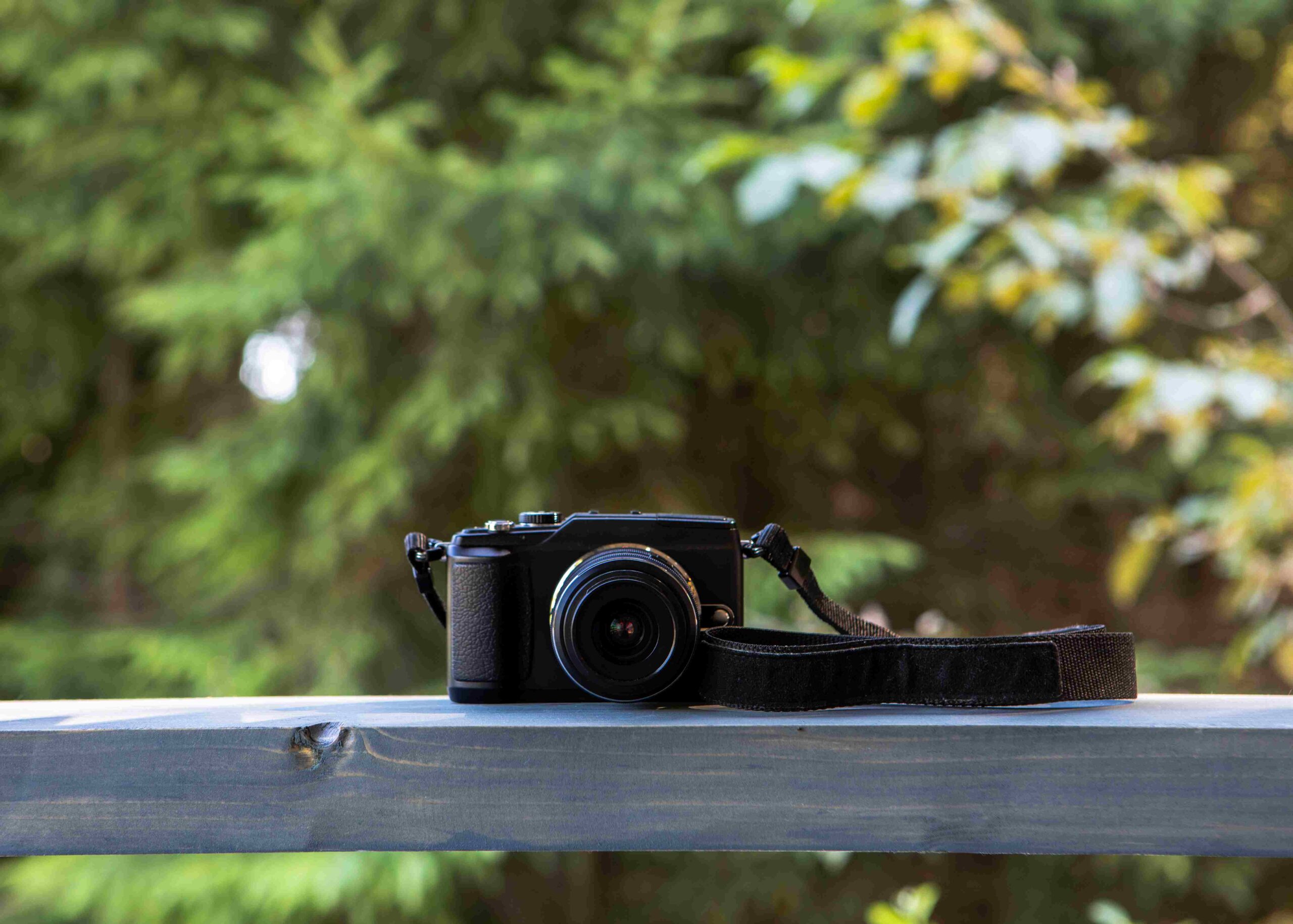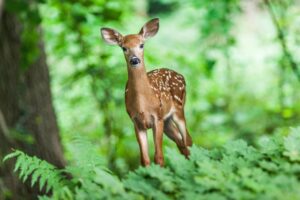The Art and Science of Landscape Photography with Photeeq

Landscape photography is not just about capturing a scene; it’s about conveying emotions, telling stories, and evoking memories. With the advent of digital technology and platforms like Photeeq, photographers can elevate their craft to new heights. This article delves into the nuances of landscape photography, exploring techniques, equipment, and the unique capabilities of Photeeq that make it a valuable tool for both amateurs and professionals.
Understanding Landscape Photography
The Essence of Landscape Photography
At its core, landscape photography is about capturing the natural world in all its glory. This genre encompasses a wide range of subjects, from vast mountain ranges and serene lakes to dense forests and expansive deserts. The beauty of landscape photography lies in its ability to encapsulate moments in nature, showcasing not just the visual beauty, but also the atmosphere and mood of a place.
The Role of Light
Light is one of the most critical elements in landscape photography. The quality, direction, and color of light can dramatically affect the outcome of an image. Photographers often seek the “golden hour”—the period shortly after sunrise and before sunset—when the light is soft and warm, enhancing the natural colors of the landscape. Understanding how to work with different lighting conditions is essential for capturing stunning images.
Essential Techniques in Landscape Photography
Composition
A well-composed photograph draws the viewer in and conveys the intended message. Here are some fundamental compositional techniques:
- Rule of Thirds: Divide the frame into a 3×3 grid. Position key elements along these lines or at their intersections to create balance and interest.
- Leading Lines: Use natural lines within the landscape—like roads, rivers, or pathways—to guide the viewer’s eye through the image.
- Foreground Interest: Including a strong subject in the foreground can add depth and context to the photograph.
- Framing: Use elements in the scene to frame your subject, which can help to isolate the focal point and add context.
Exposure Settings
Understanding how to manipulate exposure settings—aperture, shutter speed, and ISO—is vital for achieving the desired effect:
- Aperture: A smaller aperture (higher f-stop number) increases depth of field, keeping more of the image in focus, which is crucial in landscape photography.
- Shutter Speed: Longer shutter speeds can create a sense of motion, particularly in flowing water or windy trees, adding a dynamic element to the image.
- ISO: Keep ISO as low as possible to avoid noise, especially in landscape photography where detail is key.
Post-Processing
Post-processing is where the magic often happens. Software like Adobe Lightroom and Photoshop allows photographers to enhance their images further. Basic adjustments can include:
- Color Correction: Adjusting white balance and saturation to reflect the scene accurately.
- Cropping: Fine-tuning composition after the fact to improve the overall image.
- Sharpening: Enhancing details to ensure clarity, particularly in landscapes where texture plays a significant role.
The Photeeq Advantage
What is Photeeq?
Photeeq is a powerful platform tailored for photographers, offering tools that simplify the editing process and enhance workflow efficiency. It provides a user-friendly interface for managing images, making it particularly beneficial for landscape photographers who often shoot in remote locations and need to streamline their post-processing.
Key Features of Photeeq
- Intuitive Editing Tools: Photeeq offers a range of editing tools designed for photographers of all levels. From basic adjustments to advanced filters, users can enhance their landscape photos effortlessly.
- Batch Processing: For landscape photographers who shoot in bulk, the batch processing feature allows for simultaneous editing of multiple images. This is particularly useful when dealing with a series of shots taken in similar lighting conditions.
- Cloud Storage: With Photeeq’s cloud storage, photographers can access their images from anywhere, ensuring that valuable shots are never lost.
- Collaboration Tools: For photographers working in teams or sharing their work for feedback, Photeeq provides collaboration tools that streamline communication and project management.
- Portfolio Management: The platform enables users to create stunning online portfolios, showcasing their best work in an organized manner. This is especially important for landscape photographers looking to attract clients or gain recognition.
Case Study: Using Photeeq for Landscape Photography
Imagine a photographer setting out on a week-long trip to capture the breathtaking landscapes of the Scottish Highlands. With a camera bag packed with gear and a vision of capturing the stunning vistas, the photographer knows that post-processing will play a crucial role in realizing the full potential of their images.
Upon returning, the photographer uploads the thousands of shots taken during the trip to Photeeq. Using the platform’s batch processing feature, they quickly adjust exposure and color settings for the majority of the images. Next, they select a few standout photos for more detailed editing—enhancing textures in the mountains, balancing the colors of the sunset, and sharpening the details.
Finally, the photographer curates a selection of images to create an online portfolio that highlights the majesty of the Scottish Highlands. Thanks to Photeeq, what could have been a daunting task of sorting, editing, and showcasing their work has become an organized and efficient process.
Tips for Successful Landscape Photography
Planning Your Shoot
Preparation is key in landscape photography. Consider the following:
- Scout Locations: Research potential shooting locations, considering factors like accessibility, natural features, and the best times to shoot.
- Weather Conditions: Monitor the weather, as conditions can change rapidly. Overcast skies can create dramatic lighting, while clear skies might offer vibrant sunsets.
- Golden Hour and Blue Hour: Plan shoots around the golden hour for soft light, and consider the blue hour (the period before sunrise and after sunset) for unique atmospheric shots.
Equipment Essentials
While the photographer’s eye is paramount, having the right gear enhances the shooting experience. Here are some must-haves:
- Camera: A DSLR or mirrorless camera with manual settings will provide greater control over exposure.
- Lenses: Wide-angle lenses are essential for capturing expansive landscapes, while telephoto lenses can isolate distant features.
- Tripod: A sturdy tripod is crucial for long exposures and maintaining stability in low-light conditions.
- Filters: Neutral density (ND) filters can help manage light and allow for longer exposures, while polarizing filters reduce glare and enhance color saturation.
- Remote Shutter Release: This can help eliminate camera shake during long exposures.
Experimenting with Techniques
Don’t be afraid to experiment with different techniques. Try various angles, perspectives, and exposure settings. Consider:
- Long Exposures: Capture flowing water or moving clouds to create a dreamy effect.
- Panoramas: Stitch multiple images together to create sweeping landscapes that capture the entirety of a scene.
- Time-Lapse Photography: This can show the passage of time and the changing light in a landscape.
Conclusion
Landscape photography is a captivating art form that allows photographers to connect with the beauty of the natural world. By mastering techniques, understanding the importance of light, and utilizing tools like Photeeq, photographers can significantly enhance their work.
Whether you’re an amateur looking to capture stunning images or a professional aiming to refine your portfolio, embracing the creative possibilities offered by both traditional methods and modern technology can lead to extraordinary results. As you embark on your landscape photography journey, remember that the true essence of the genre lies in your perspective—your unique vision is what will ultimately set your work apart. So grab your camera, venture into the great outdoors, and let the landscapes inspire you.
FAQs for Photeeq Landscape Photography
1. What is Photeeq?
Photeeq is a powerful photo management and editing platform designed for photographers. It offers a range of tools for organizing, editing, and showcasing images, making it especially beneficial for landscape photographers.
2. How can Photeeq improve my landscape photography workflow?
Photeeq streamlines the editing process with features like batch processing, intuitive editing tools, and cloud storage. This allows you to manage large volumes of landscape photos efficiently and edit them quickly.
3. What types of editing tools does Photeeq offer?
Photeeq provides a variety of editing tools, including exposure adjustments, color correction, cropping, sharpening, and advanced filters, allowing photographers to enhance their landscape images effectively.
4. Can I use Photeeq for bulk editing?
Yes! Photeeq’s batch processing feature enables you to edit multiple images at once, making it easy to apply consistent adjustments across a series of landscape photos taken under similar conditions.
5. Is Photeeq suitable for beginners?
Absolutely! Photeeq is designed to be user-friendly, with an intuitive interface that makes it accessible for photographers of all skill levels, including beginners.
6. Can I access my photos from different devices with Photeeq?
Yes, Photeeq offers cloud storage, allowing you to access your images from any device with internet access, ensuring that your work is always available, no matter where you are.
7. Does Photeeq offer collaboration features?
Yes, Photeeq includes collaboration tools that enable photographers to share their work and communicate with team members or clients, facilitating feedback and project management.
8. Can I create an online portfolio using Photeeq?
Yes! Photeeq allows you to build a stunning online portfolio to showcase your best landscape photography, making it easier to attract clients or gain recognition for your work.
9. What equipment is recommended for landscape photography?
For landscape photography, a DSLR or mirrorless camera with manual settings is ideal. Additionally, wide-angle and telephoto lenses, a sturdy tripod, filters, and a remote shutter release are recommended for optimal results.
10. How do I capture great landscape photos?
To capture stunning landscape photos, focus on composition (using techniques like the rule of thirds), work with natural light (especially during golden hour), and experiment with different angles and settings. Planning your shoot around weather conditions and scouting locations can also enhance your results.
11. Is there a mobile app for Photeeq?
As of now, Photeeq primarily operates as a web-based platform. However, check their official website for updates on mobile access or app developments.
12. Can I use Photeeq for other types of photography?
Yes! While Photeeq is particularly beneficial for landscape photography, its editing and management tools are versatile enough for various photography genres, including portrait, wildlife, and architectural photography.
13. What formats does Photeeq support for uploading photos?
Photeeq supports a range of image formats, including JPEG, TIFF, and RAW files, allowing you to upload high-quality images from your camera.
14. How secure is my data on Photeeq?
Photeeq prioritizes data security, using encryption and secure servers to protect your images and personal information. Always check their privacy policy for detailed information on data handling.
15. Is there a free trial available for Photeeq?
Many platforms offer free trials, so check the Photeeq website for current offers that allow you to explore the platform before committing to a subscription.













Post Comment